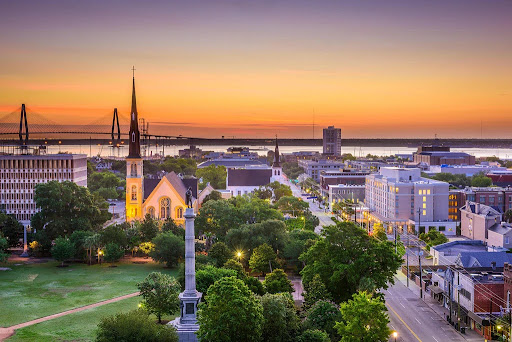Charleston, South Carolina, is a city where history breathes through cobblestone streets, antebellum mansions, and iconic church steeples. Its architectural heritage is one of the most well-preserved in the country, drawing millions of visitors each year. But as Charleston experiences rapid growth, the challenge emerges: how can the city embrace modernity while preserving its classical charm?
The Tension Between Progress and Preservation
Like many historic cities, Charleston faces a delicate balancing act. On one hand, there’s a need for new development—more housing, updated infrastructure, and commercial spaces to support a growing economy. On the other hand, the city’s identity is deeply rooted in its classical architecture, characterized by Federal, Greek Revival, and Victorian styles.
Strict zoning laws and the Board of Architectural Review (BAR) help regulate development, but the question remains: should Charleston continue to evolve, or should it prioritize historic preservation at all costs?
Blending the Old with the New
Successful urban growth doesn’t have to mean abandoning the past. Instead, architects and city planners can embrace a thoughtful, hybrid approach:
1. Contextual Modernism
Rather than forcing ultra-modern structures into Charleston’s skyline, developers can design new buildings that respect their surroundings. Using traditional materials like brick, wood, and wrought iron—while incorporating clean, contemporary lines—helps bridge the gap between old and new.
2. Adaptive Reuse of Historic Buildings
Instead of tearing down older buildings to make way for new ones, Charleston can continue leading the way in adaptive reuse. Converting historic structures into boutique hotels, restaurants, or mixed-use spaces preserves their character while meeting modern needs.
3. Height and Scale Considerations
One of Charleston’s greatest assets is its human-scale streetscape. Any new development should prioritize walkability, ensuring that modern structures don’t overwhelm the intimate charm of the historic district.
4. Green and Sustainable Design
Modern architecture can actually enhance Charleston’s historic beauty if it embraces sustainability. Green roofs, energy-efficient materials, and flood-resistant designs are crucial for a city facing rising sea levels.
Case Studies: Where It Works
Several projects in Charleston exemplify this balanced approach. The Bennett Hotel on King Street, for instance, integrates classical detailing with modern amenities, proving that new construction can still feel at home in a historic district. Meanwhile, projects like the Cigar Factory show how adaptive reuse can breathe new life into 19th-century buildings.

The Future of Charleston’s Skyline
Charleston’s growth is inevitable, but unchecked development could threaten the charm that makes it so special. By embracing a balance of classical and modern architecture—thoughtfully integrating new designs without overshadowing the old—the city can continue to thrive as both a historic gem and a modern hub.
As Charleston expands, its architects, planners, and residents have the opportunity to shape a future that respects its past while welcoming innovation. The key? Growth that doesn’t erase history but builds upon it.

